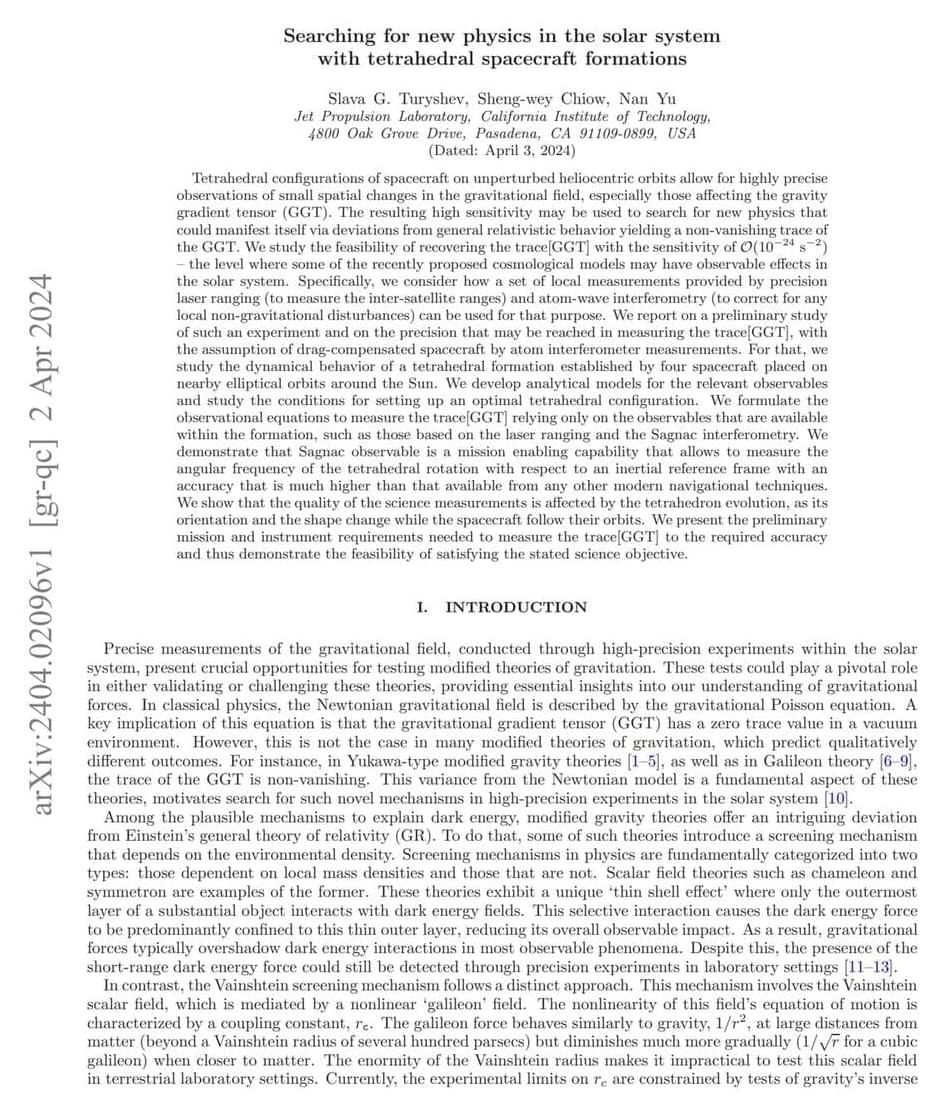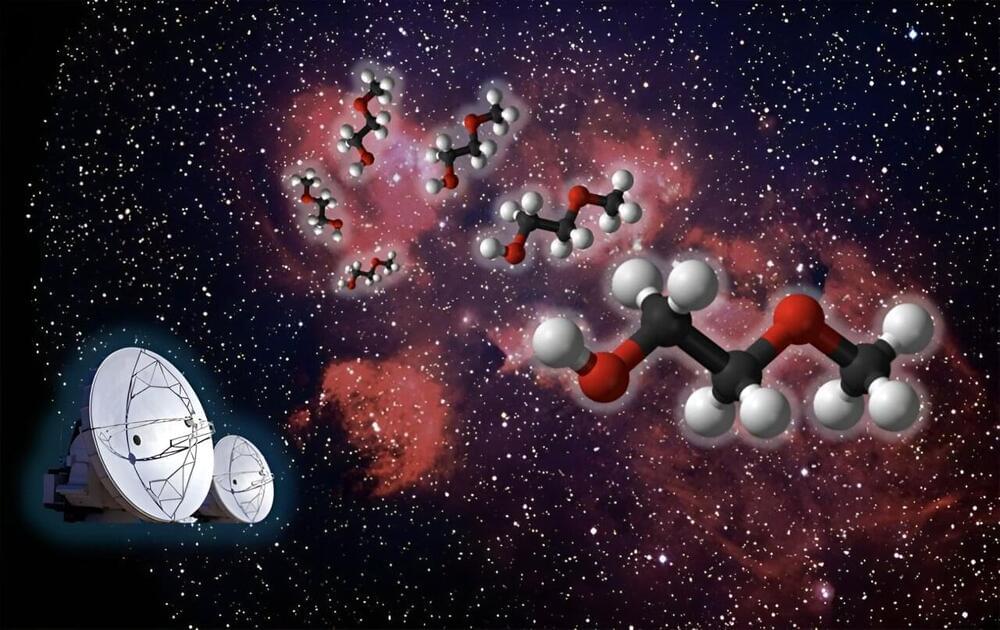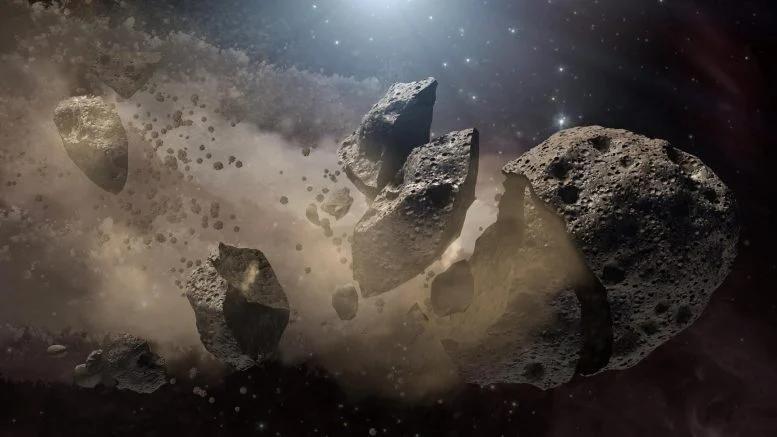In order to terraform new planets, we will need to be able transport entire ecologies & ecosystems through interstellar space in the future. Today we will examine how we could build and maintain such environments inside vast arks, generations ships able to colonize our galaxy, and the challenges these starships will face maintaining not just stores of DNA and genetic material but living organisms which depend heavily on other members of their species and other species to survive and thrive, not least of which is human ourselves. Visit our sponsor, Brilliant: https://brilliant.org/IsaacArthur/ Join this channel to get access to perks: / @isaacarthursfia Visit our Website: http://www.isaacarthur.net Join Nebula: https://go.nebula.tv/isaacarthur Support us on Patreon:
/ isaacarthur Support us on Subscribestar: https://www.subscribestar.com/isaac-a… Group:
/ 1,583,992,725,237,264 Reddit:
/ isaacarthur Twitter:
/ isaac_a_arthur on Twitter and RT our future content. SFIA Discord Server:
/ discord Listen or Download the audio of this episode from Soundcloud: Episode’s Audio-only version:
/ exporting-earth Episode’s Narration-only version:
/ exporting-earth-ships-narration-only Credits: Exporting Earth Episode 150, Season 4 E36 Writers: Isaac Arthur Editors: Darius Said Gregory Leal https://www.gregschool.org/ Jerry Guern Konstantin Sokerin Laura Graham Mark Warburton Matthew Acker Sigmund Kopperud Stuart Graham https://beyondnerva.wordpress.com Producer: Isaac Arthur Cover Artist: Jakub Grygier https://www.artstation.com/jakub_grygier Graphics Team: Darth Biomech https://www.artstation.com/darth_biomech Fishy Tree https://www.deviantart.com/fishytree/ Jarred Eagley Jeremy Jozwik https://www.artstation.com/zeuxis_of_… Katie Byrne Ken York
/ ydvisual Krisitijan Tavcar https://www.miragedereve.com LegionTech Studios Sam McNamara Sergio Boterio https://www.artstation.com/sboterod?f… Narrator: Isaac Arthur Music Manager: Luca DeRosa — [email protected] Music: Dracovallis, “Golden Meadows” https://dracovallis.bandcamp.com/ NJ Mandaville, “Intrumental Background 1”
/ nj-mandaville Kevin Macleod, “Infinite Wonder”
/ @incompetech_kmac Chris Zabriskie, “Candlepower” http://chriszabriskie.com Kai Engel, “Endless Story About Sun and Moon” https://www.kai-engel.com/ Lombus, “Amino” https://lombus.bandcamp.com Aerium, “Windmill Forests”
/ @officialaerium Epic Mountain, “Rising Sky”
/ epicmountain.
Category: space travel – Page 68

19,000-year-old biosphere with links to Mars discovered beneath desert
As the driest nonpolar desert in the world, the Atacama Desert in northern Chile is home to very few species of plants and animals. With rainfall often occurring only once a decade, the desert is so dry that NASA uses it as a stand-in for the Martian landscape. But what’s living beneath the parched surface? New research suggests it’s very small, abundant, and old, very old.
While the Atacama Desert’s aridity means that higher forms of life are scarce, it’s well-known that diverse bacteria dominate its soils. However, the researchers aimed to go deeper to see what species of microbes lived more than a meter (3.3 ft) beneath the surface.
Are we surrounded by dark energy? A spacecraft tetrad will look for it
Go to https://galaxylamps.co/sabine, use the code SABINE and get your Galaxy Projector 2.0 with 15% off!
Most astrophysicists believe that 95% of the universe is dark stuff — dark matter and dark energy. We can’t see, feel, or hear it, but it’s supposedly all around us. NASA scientists recently proposed a new experiment to test what is going on with the dark stuff in our vicinity. The want to use four small spacecraft flying around the solar system in a tetrahedron formation to look for variations from Einstein’s theory of gravity. Let’s have a look.
Paper: https://arxiv.org/abs/2404.02096v1
🤓 Check out my new quiz app ➜ http://quizwithit.com/
💌 Support me on Donorbox ➜ https://donorbox.org/swtg.
📝 Transcripts and written news on Substack ➜ https://sciencewtg.substack.com/
👉 Transcript with links to references on Patreon ➜ / sabine.
📩 Free weekly science newsletter ➜ https://sabinehossenfelder.com/newsle…
👂 Audio only podcast ➜ https://open.spotify.com/show/0MkNfXl…
🔗 Join this channel to get access to perks ➜
/ @sabinehossenfelder.
🖼️ On instagram ➜ / sciencewtg.
#science #sciencenews #astrophysics #space.
00:00 What.
03:45 How


Researchers detect a new molecule in space
New research from the group of MIT Professor Brett McGuire has revealed the presence of a previously unknown molecule in space. The team’s open-access paper, “Rotational Spectrum and First Interstellar Detection of 2-Methoxyethanol Using ALMA Observations of NGC 6334I,” was published in the April 12 issue of The Astrophysical Journal Letters.
Zachary T.P. Fried, a graduate student in the McGuire group and the lead author of the publication, worked to assemble a puzzle comprised of pieces collected from across the globe, extending beyond MIT to France, Florida, Virginia, and Copenhagen, to achieve this exciting discovery.
“Our group tries to understand what molecules are present in regions of space where stars and solar systems will eventually take shape,” explains Fried. “This allows us to piece together how chemistry evolves alongside the process of star and planet formation. We do this by looking at the rotational spectra of molecules, the unique patterns of light they give off as they tumble end-over-end in space.
New SpaceX Starship Lunar Cargo Lander Design Unveiled by NASA
What modifications will be made to SpaceX’s Starship for the Artemis missions?
— The cargo version of SpaceX’s Starship will be adapted from the human Landing systems for Artemis missions, with modifications focused on payload interfaces and deployment mechanisms, excluding human life support systems, and featuring a payload door, elevator system, and potential adaptations for larger payloads such as Rovers.
SpaceX’s Latest Progress in Starship Development and Lunar Exploration
SpaceX is making rapid progress in the development of their Starship, with improvements in heat shield tiles, construction of a second launch tower, and multiple successful launches, showcasing their commitment to innovation and progress in space exploration.
Questions to inspire discussion.
What progress has SpaceX made with their Starship development?
—SpaceX has made rapid progress with improvements in heat shield tiles, construction of a second launch tower, and multiple successful launches.

SpaceX’s Upcoming Starship Launch Schedule and FAA Approval Update
SpaceX is preparing for upcoming Starship launches and is working on upgrading launch support infrastructure, but still needs FAA approval for the new launch schedule.
Questions to inspire discussion.
What upgrades is SpaceX making to the Starship launch support infrastructure?
—SpaceX is repairing and upgrading the infrastructure to improve vehicle landing, engine burn control, booster landing, heat shield tile security, and re-entry roll issues.
